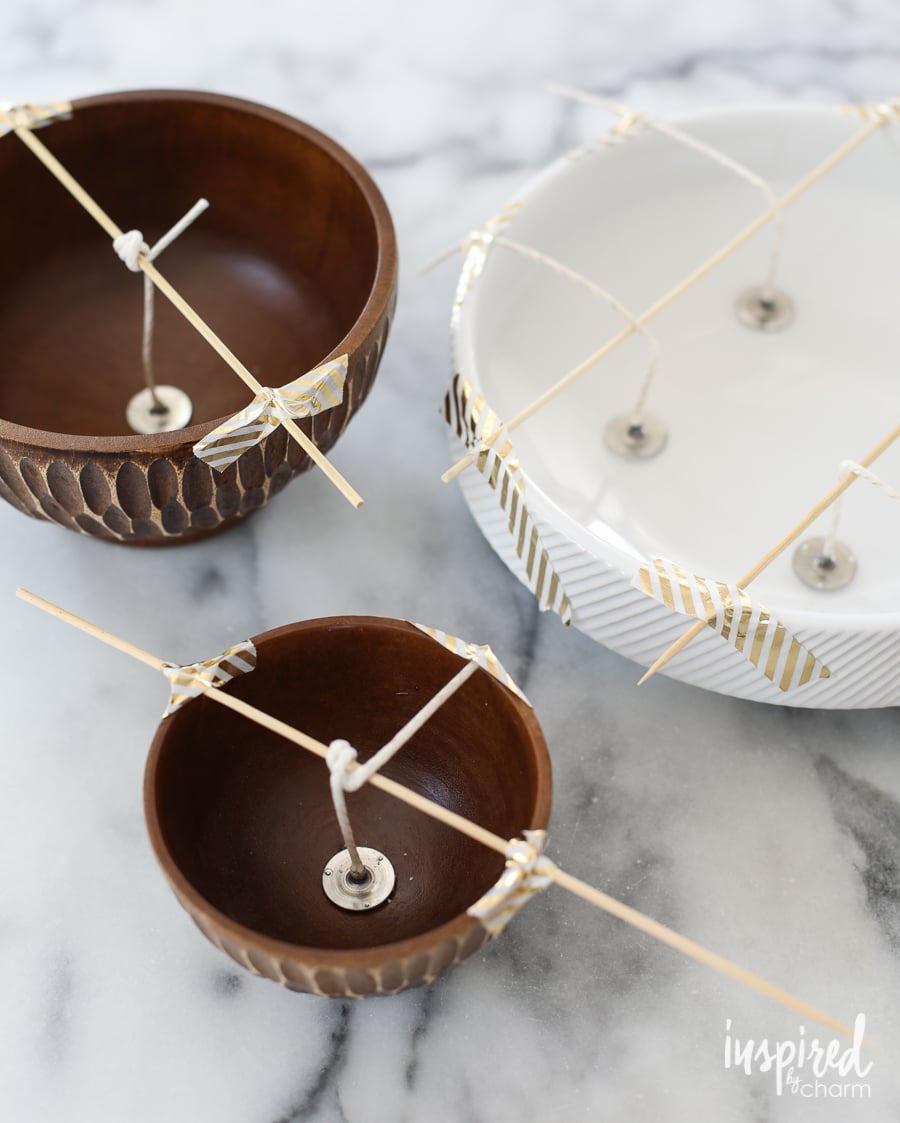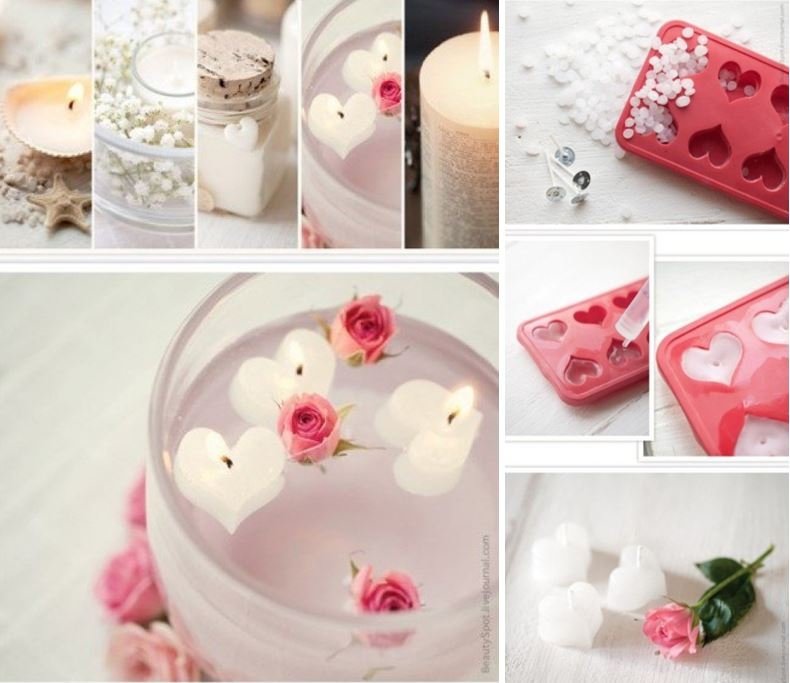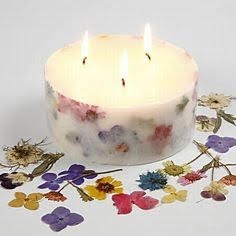Imagine a world where the soft flicker of candlelight fills your home, making candles your main source of light. Beyond just providing illumination, candles offer a myriad of advantages that go beyond mere functionality. From creating a cozy ambiance to being eco-friendly, the use of candles as primary lighting can truly transform your living space.
Throughout history, candles have played a crucial role in providing light before the invention of electricity. From ancient times to modern day, the art of candle-making has evolved, offering a wide variety of options such as pillar, taper, votive, soy, beeswax, and paraffin candles. Each type has its own unique characteristics and benefits for different purposes.
Not only do candles illuminate your space in a warm and inviting glow, but they also have eco-friendly benefits when compared to electric lighting. By choosing candles over traditional light sources, you can reduce your carbon footprint and create a more sustainable living environment. Stay tuned to discover how embracing candles as your main source of light can elevate your lifestyle in more ways than one.
Brief History of Candle-Making
The history of candle-making dates back to ancient times, where civilizations used various materials like animal fat or beeswax to create sources of light. One of the earliest known candles dates back to around 3000 B.C. in Egypt, where rushlights were dipped in melted tallow for illumination. Throughout history, candles have served as a crucial source of light, especially during the night or in dark spaces where sunlight was not sufficient.
As time progressed, candle-making evolved with the introduction of new materials and techniques. The Middle Ages saw the widespread use of tallow candles in Europe, while the 18th century brought advancements such as spermaceti wax from sperm whales for higher-quality candles. The industrial revolution marked a significant turning point with the mass production of candles using molds and machines, making them more accessible to people across different social classes.
In modern times, candle-making has become a popular hobby and industry with a wide variety of options available to consumers. From traditional pillar and taper candles to eco-friendly soy and beeswax alternatives, there is a candle type for every preference.
Whether for lighting purposes or decorative use, candles continue to hold a special place in our homes and hearts. The artistry behind crafting candles has only grown over time, allowing individuals to explore their creativity while also enjoying the practical benefits of making candles their main source of light.
| Candle Type | Main Material |
|---|---|
| Pillar | Paraffin Wax |
| Taper | Beeswax |
| Votive | Soy Wax |
Types of Candles
Candle enthusiasts have a plethora of options when it comes to choosing the perfect type of candle for making candles their main source of light. Each type of candle offers unique benefits and characteristics that cater to different preferences and needs. Here are some of the commonly used types of candles:
- Pillar Candles: These sturdy candles stand tall and are known for their long burning times. They are ideal for creating a warm atmosphere in any room.
- Taper Candles: Elegant and slender, taper candles are frequently used in formal settings such as dinners or weddings. They can add a touch of sophistication to any space.
- Votive Candles: Small but mighty, votive candles come in various colors and scents. They are perfect for creating cozy nooks or adding a pop of color to your decor.
- Soy Candles: Made from soybean oil, these eco-friendly candles burn cleanly and emit minimal soot. They are great for those looking for sustainable lighting options.
- Beeswax Candles: Known for their natural fragrance and warm glow, beeswax candles offer air-purifying properties while providing a sense of luxury.
- Paraffin Candles: Affordable and readily available, paraffin candles come in a wide range of shapes and sizes. They are versatile options for everyday lighting needs.
When considering which type of candle to use as your main source of light, it is essential to take into account factors such as burn time, fragrance, sustainability, and personal preferences. Whether you opt for the classic elegance of taper candles or the eco-conscious choice of soy candles, each type brings its own charm to illuminating your space.
Experimenting with different types can help you discover which ones best fit your lifestyle and enhance your ambiance when making candles your primary source of light.
Candle Safety
When making candles your main source of light, it is essential to prioritize safety to prevent accidents and ensure a pleasant experience. Here are some important tips and precautions to keep in mind:
- Never leave burning candles unattended, always extinguish them before leaving the room or going to sleep.
- Place candles on a stable surface away from flammable materials such as curtains, furniture, or paper.
- Keep candles out of reach of children and pets to prevent accidental burns or ingestion of wax.
- Avoid placing candles in drafty areas where they can flicker uncontrollably or come in contact with other objects.
Practicing proper candle safety measures not only protects your home from potential fire hazards but also ensures that you can enjoy the warm glow of candlelight without worries. By following these simple guidelines, you can create a cozy and inviting atmosphere while minimizing the risks associated with using candles for illumination.
- Use candle holders that are specifically designed for the type and size of the candle being used to prevent tip-overs or wax spills.
- Trim the wick of your candle to about 1/4 inch before lighting it each time to control the size and intensity of the flame.
- Avoid placing multiple candles close together as they can create excessive heat or melt each other’s wax, potentially causing a dangerous situation.
By incorporating these safety tips into your daily routine, you can confidently make candles your primary source of light, enjoying their beauty and ambiance while ensuring a secure environment for yourself and your loved ones. Remember, with proper precautions and vigilance, you can fully embrace the benefits of using candles as your main lighting option.
Eco-Friendly Benefits of Choosing Candles Over Electric Lighting
When considering the various benefits of making candles your main source of light, one crucial aspect to consider is the eco-friendly advantages of choosing candles over electric lighting. Using candles as the primary source of illumination in your home can have a positive impact on the environment in several ways.
Reduced Energy Consumption
One of the most significant environmental benefits of using candles is the reduced energy consumption compared to traditional electric lighting. By relying more on candlelight, you can lower your electricity usage, leading to a decrease in carbon emissions and overall energy consumption. This not only helps reduce your ecological footprint but also contributes to a more sustainable lifestyle.
Renewable and Biodegradable Materials
Another eco-friendly aspect of candles is that many are made from renewable and biodegradable materials such as soy wax and beeswax. These natural ingredients are much more environmentally friendly compared to non-renewable resources used in electric light production. Choosing candles made from sustainable materials supports ethical and environmentally conscious practices, aligning with a greener way of living.
Promotes a Connection to Nature
By opting for candlelight as your main source of illumination, you can also foster a deeper connection to nature. The use of natural materials in candle-making brings elements of the outdoors into your home, promoting an appreciation for the environment and the importance of sustainability. Embracing this connection through candlelight can serve as a daily reminder to live mindfully and make eco-conscious choices in all aspects of life.
Creating the Perfect Ambiance With Candlelight
One of the most appealing aspects of making candles your main source of light is the ambiance they create. The warm, flickering glow of a candle can instantly transform a room into a cozy and inviting space. To set the mood with candlelight, consider using candles of different sizes and shapes to add visual interest. Mixing pillar candles with votives or tea lights can create a beautiful tableau for any occasion.
Another tip for creating the perfect ambiance with candlelight is to strategically place them around the room. Positioning candles at varying heights can enhance the overall effect and provide a dynamic atmosphere. Consider using candle holders or lanterns to protect surfaces from dripping wax and to elevate the candles for better visibility.
Additionally, choosing scented candles can further enhance the mood you want to create in your space. Scents like lavender for relaxation, citrus for energy, or vanilla for warmth can all contribute to setting the tone for your environment. Just be mindful of any sensitivities that you or your guests may have to certain fragrances when selecting scented candles for your home.
| Aspect | Recommendation |
|---|---|
| Candle Placement | Position candles at varying heights for an enhanced effect |
| Candle Types | Mix pillar candles with votives or tea lights for visual interest |
| Scented Candles | Select scents like lavender, citrus, or vanilla to set the desired mood |
DIY Candle-Making
Gathering Supplies
To start your candle-making journey, the first step is to gather all the necessary supplies. You will need wax (such as soy or beeswax), wicks, a double boiler or microwave-safe container for melting the wax, a thermometer, fragrance oils (if desired), and candle molds or containers. Make sure to also have a workspace set up with paper towels or newspapers to catch any spills and protect surfaces.
Melting the Wax
Once you have all your supplies ready, it’s time to start melting the wax. If using a double boiler, fill the bottom pot with water and place the wax in the top pot. Heat gently until the wax reaches around 170-180 degrees Fahrenheit. If using a microwave-safe container, heat short intervals until fully melted, stirring occasionally. Be sure to monitor the temperature to avoid overheating and always follow safety precautions when working with hot wax.
Pouring and Setting
After the wax is completely melted and reached the desired temperature, it’s time to add any fragrance oils if preferred. Place the wick in your chosen mold or container and carefully pour the melted wax into it. Allow the candles to cool and set for several hours before trimming the wick to about ¼ inch above the surface of the candle.
Once trimmed, your homemade candles are ready to be lit, adding warmth and ambiance to your home while also
Maintenance and Storage
Candles have been used for centuries as a source of light, and with the right care and maintenance, they can provide not only illumination but also a touch of warmth and ambiance to any space. To ensure the longevity of your candles and maximize their burning time, proper care and storage are essential.
One key aspect of maintaining candles is trimming the wick before each use. Trimming the wick to about ¼ inch helps prevent uneven burning, black smoke, and dripping wax. This simple step not only ensures a cleaner burn but also extends the life of your candle. Additionally, it is important to keep the candle free from debris or dust that could affect its burning quality.
Proper storage is another crucial factor in maintaining the quality of your candles. Storing them in a cool, dry place away from direct sunlight and heat sources will prevent them from melting or warping prematurely.
To protect their shape and fragrance, it is best to store candles in airtight containers or plastic bags when not in use. By taking these simple steps, you can enjoy the beauty and warmth of candlelight for longer periods while making candles your main source of light.
Conclusion
In conclusion, making candles your main source of light not only provides practical benefits but also adds a touch of beauty and nostalgia to your living space. By utilizing candles in your daily life, you are connecting with a tradition that dates back centuries, from ancient civilizations to modern times. The warm glow of candlelight can create a cozy and inviting atmosphere, perfect for unwinding after a long day or setting the mood for a special occasion.
Furthermore, choosing candles over electric lighting can have eco-friendly advantages by reducing energy consumption and environmental impact. By opting for sustainable options such as soy or beeswax candles, you can contribute to a more sustainable lifestyle while enjoying the soft flicker of natural light. Additionally, practicing candle safety by following tips and precautions ensures that you can enjoy the charm of candlelight without any risks.
Whether you prefer pillar, taper, votive, soy, beeswax, or paraffin candles, there is a wide variety of options available to suit your personal style and preferences. From DIY candle-making projects to learning how to properly maintain and store your candles for longevity, embracing the beauty of making candles your main source of light is not only practical but also enriching.
So why not add a touch of charm and elegance to your home by incorporating the warm glow of candlelight into your everyday life?
Frequently Asked Questions
Is a Candle a Light Source?
A candle can be considered a light source because it emits light when it is lit, illuminating its surroundings. Candles have been used for centuries as a reliable source of light.
Can Candles Be Used as a Heat Source?
Candles can indeed be used as a heat source, especially in small spaces or during power outages. The flame of a candle produces heat that can provide warmth in close proximity to the candle.
What Are Candles Used for Spiritually?
Candles are often used for spiritual purposes in various traditions and religions. They can symbolize prayer, meditation, devotion, or remembrance. Lighting a candle is seen as a way to create sacred space, connect with the divine, or honor spiritual practices.

Welcome to my candle making blog! In this blog, I will be sharing my tips and tricks for making candles. I will also be sharing some of my favorite recipes.





